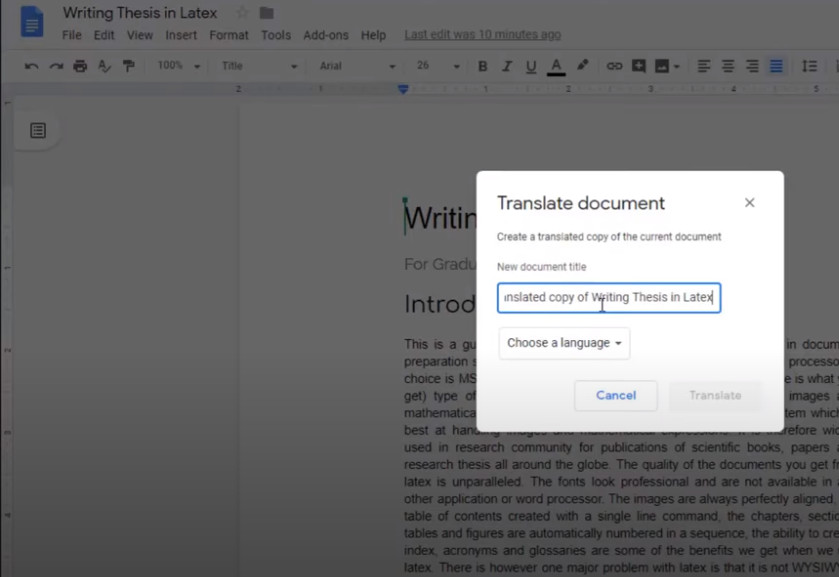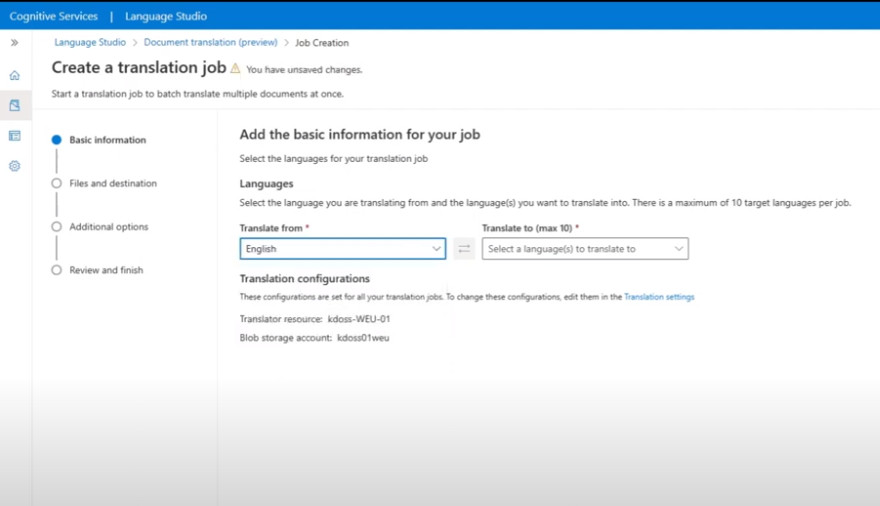In the modern world, online document translation using artificial intelligence (AI) is becoming a crucial tool for global information exchange and business management. Artificial intelligence provides the capability of automatic translation, which not only saves time but also enhances the accuracy and quality of translation. Thanks to AI, companies can swiftly translate documents into various languages, ensuring effective communication with partners and clients worldwide.


Ineffectiveness of Traditional Document Translation Methods
The primary downside is, of course, time and money. Technical translators come at a high cost. Moreover, the more complex the language, the more one may have to pay. Other drawbacks include:- Limited ability to capture context and nuances: Conventional translation methods often fail to consider the context and specificity of the text, leading to errors and misunderstandings.
- Insufficient automation: Translators using traditional methods may encounter the need for manual translation of each individual word and phrase, significantly slowing down the process.
- Not the highest accuracy: Classical translation methods often do not provide sufficient accuracy, especially when translating complex or technical texts.
The Role of AI in Training NMT Models
Artificial intelligence has taken an important place in training neural machine translation (NMT) models. These models are used for automatic translation of text from one language to another, relying on context and semantics. For effective training, NMT models require vast amounts of precise information. Artificial intelligence algorithms work with data, looking for common meaning between words in different languages, checking grammar, semantics and syntax. Thanks to this training, NMT models can achieve high accuracy and quality of translation, as well as adapt to various contexts and styles of text.
Prospects and Ethical Considerations of AI Usage in Document Translation
With the advancement of artificial intelligence technologies, NMT models will likely offer real-time context analysis and personalization, adapting translations to individual preferences and cultural norms. However, the use of artificial intelligence in document translation also raises ethical questions, including bias avoidance and data privacy protection. It is important to develop and apply algorithms taking these considerations into account to ensure the fairness, transparency, and security of the translation process.
